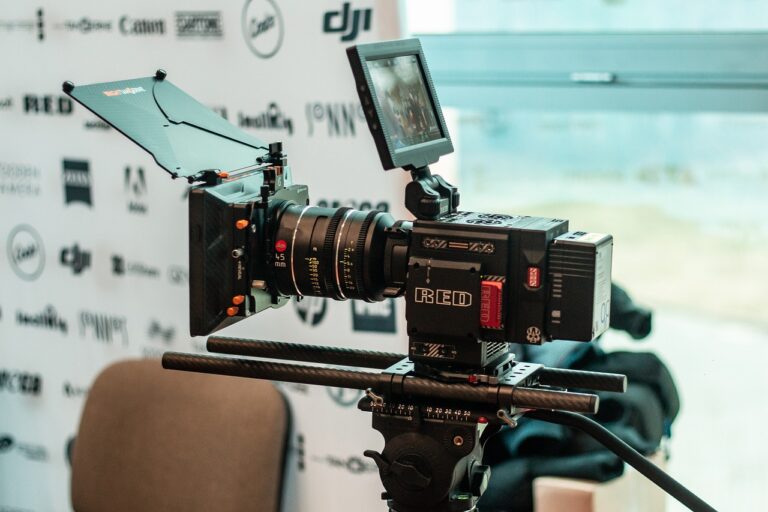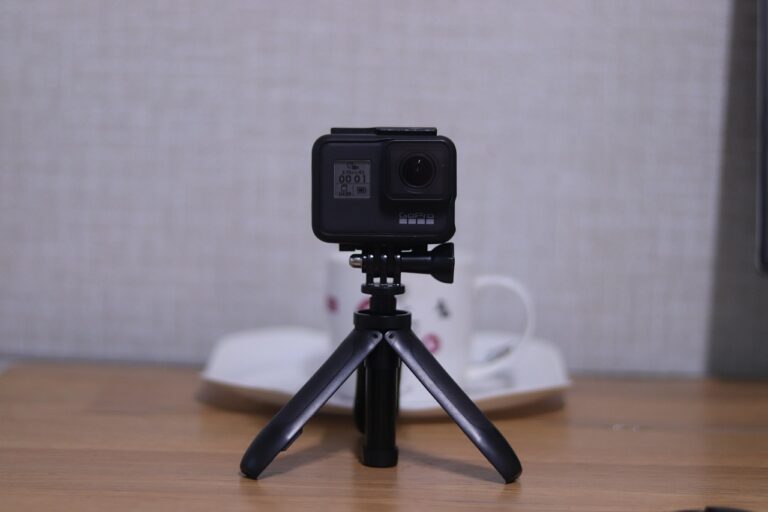The Art of Sound Editing in Silent Films: Modern Applications: 11xplay new id, India 24 bat, Skyinplay live login
11xplay new id, india 24 bat, skyinplay live login: The Art of Sound Editing in Silent Films: Modern Applications
Silent films hold a special place in cinematic history, showcasing a unique style of storytelling through visual cues and actions without the use of spoken dialogue. However, what many may not realize is that sound editing plays a crucial role in enhancing the overall viewing experience of these silent gems. In this article, we will explore the art of sound editing in silent films and how modern technologies have breathed new life into this classic form of storytelling.
The Evolution of Sound Editing in Silent Films
In the early days of silent films, sound editing was a simple process of adding live music, sound effects, and even dialogue through cue cards or intertitles. These elements were crucial in setting the tone, mood, and pace of the film, creating a fully immersive experience for the audience.
As technology advanced, sound editing techniques evolved to include the use of synchronized soundtracks, adding a new layer of depth to silent films. This allowed filmmakers to incorporate music, sound effects, and even limited dialogue seamlessly into their productions, enhancing the overall storytelling experience.
Modern Applications of Sound Editing in Silent Films
Today, advancements in sound editing technology have revolutionized the way silent films are perceived and enjoyed by contemporary audiences. With the use of digital tools and software, filmmakers can now enhance and refine the sound quality of silent films, creating a more immersive and dynamic viewing experience.
From restoring and remastering the original soundtracks of silent films to creating new sound effects and music scores, modern sound editing techniques have opened up a world of possibilities for filmmakers to breathe new life into classic silent films. This not only preserves the artistic integrity of these timeless works but also introduces them to a new generation of moviegoers.
The Impact of Sound Editing on Silent Films
The art of sound editing in silent films goes beyond simply adding music or sound effects to accompany the visuals. It involves carefully crafting and manipulating sound to evoke emotions, create suspense, and immerse the audience into the world of the film.
By paying close attention to nuances such as pacing, volume, and timing, sound editors can enhance the storytelling experience of silent films, elevating them from mere visual spectacles to cinematic masterpieces. This meticulous attention to detail highlights the importance of sound editing in preserving and enriching the legacy of silent films for years to come.
FAQs
Q: Can modern sound editing techniques truly enhance the viewing experience of silent films?
A: Yes, modern sound editing techniques have the power to enhance the overall viewing experience of silent films by creating a more immersive and dynamic auditory experience for audiences.
Q: How can filmmakers use sound editing to preserve the artistic integrity of classic silent films?
A: Filmmakers can use sound editing to restore and remaster the original soundtracks of silent films, as well as create new sound effects and music scores that complement the visuals while staying true to the film’s original vision.
Q: What are some key elements to consider when using sound editing in silent films?
A: Key elements to consider when using sound editing in silent films include pacing, volume, timing, and the overall emotional impact of the sound on the audience. By carefully manipulating these elements, filmmakers can create a truly immersive and engaging viewing experience for audiences.







